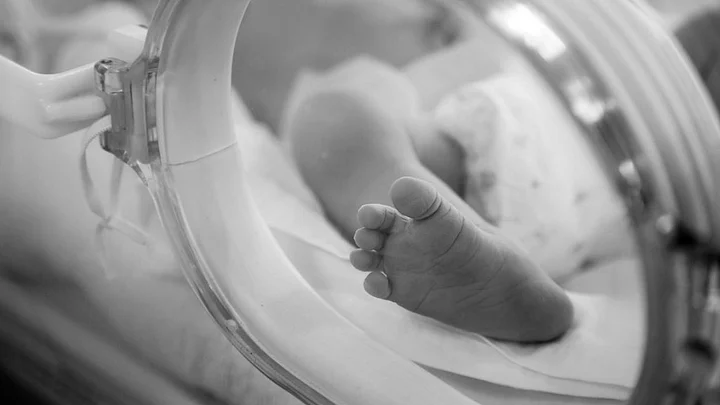India seems to have crossed a demographic landmark, as per the findings of latest National Family Health Survey - 5 (NFHS-5), as the country's Total Fertility Rate (TFR) slipped below the replacement level of 2.1 children per woman for the first time.
The replacement ratio is a crucial factor to population growth and the decline of TFR indicates that the country's population might be stabilising.
The NFHS provides information on key indicators relating to population, health, and nutrition for India and each state/union territory.
This survey was held during the first two waves of the COVID-19 pandemic in two phases, from 17 June 2019 to 30 January 2020 and from 2 January 2020 to 30 April 2021, gathering information from 636,699 households, 724,115 women, and 101,839 men.
The NFHS-5 revealed that India’s total fertility rate declined from 2.2 to 2.0, while the Contraceptive Prevalence Rate (CPR) has increased from 54 percent to 67 percent.
Meanwhile, Population Foundation of India (PFI) has welcomed the TFR findings and said in a statement that,
"This is a significant feat for the country’s family-planning programme, which does not include coercive policies. These findings bust the population-explosion myth and show that India must steer away from coercive measures of population control."
The PFI added that "an increase in female sterilisation coupled with continued stagnation in male sterilisation uptake shows that the onus of family planning still lies with women," despite 82 percent of men (aged between 15 and 49 years) reportedly having knowledge that consistent condom use can reduce the chance of getting HIV/AIDS.
Achievements From the Findings
There is a significant increase in current use of any modern contraceptive method, which stands at 56.5 percent in 2019-21 against 47.8 percent in 2015-16.
Sex ratio of the total population (females per 1,000 males) increased to 1,020 compared to 991 in 2015-16.
The share of condoms is 9.5 percent against 5.6 percent in 2015-16. However, the uptake of female sterilisation has gone up to 38 percent against 36 in 2015-16.
The total unmet need for family planning has come down to 9.4 percent in 2019-21 against 12.9 percent in 2015-16.
The number of women who have a bank account they operate themselves has increased significantly from 53 percent in 2015-16 to 78.6 percent.
Women aged 15-24 years who use hygienic methods of protection during their menstrual periods has increased from 57.6 percent to 77.3 percent.
Concerns Raised From the Findings
Anaemia and obesity are growing causes of concern among all age groups. Notably, 57 percent of all women of reproductive age are anaemic.
Every fifth girl is still likely to get married before 18 years, the share of women (a total of urban and rural) aged 20-24 who married before turning 18 has declined from 26.8 percent to 23.3 percent.
While every third child still suffers from chronic undernourishment, and every fifth child is acutely malnourished, the share of under-five children who were stunted (too short for age), wasted (low weight for height), or underweight has slightly declined.
A third of ever-married women (aged between 18 and 49 years) reported experiencing spousal violence.
Only 1.5 percent of women aged between 18 and 29 reported experiencing sexual violence before the age of 18, which as per the PFI is indicative of significant underreporting of sexual violence against minors.
NFHS-5 also included some new indicators such as preschool education, disability, access to a toilet facility, death registration, bathing practices during menstruation, and methods and reasons for abortion.
However, HIV testing had been dropped from the survey.
Other Findings
Percentage of women aged 15-19 years who were already mothers or pregnant at the time of the survey has slightly decreased from 7.9 percent to 6.8 percent.
Access to household amenities has improved.
Child marriage has come down marginally from 27 percent in 2015-16 to 23 percent in 2019-21.
(With inputs from Hindustan Times and Mint.)
